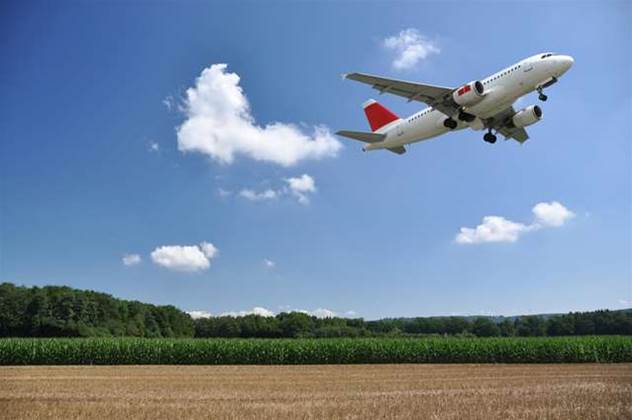Airservices Australia’s new CIO Gordon Dunsford has only been in the job four weeks, but has already developed plans for an IT overhaul that will see the government body review everything from the data centre to the desktop.

Dunsford was until earlier this year the chief technology officer for IBM’s Asia Pacific and Japan operations. Last month he was hired to take over as Airservices CIO after former IT head Anna Townsend left the organisation.
Just four weeks into his tenure and Airservices has already approached the market with a view to building a new standard operating environment for its desktop users, the first of some 50 IT projects Dunsford has plans to execute.
Desktop overhaul
Airservices is preparing to move off Windows XP before support expires in April 2014, seeking to jump to either Windows 7 or Windows 8. The IT team is also investigating the viability of deploying this SOE as a virtual desktop and whether to embrace a BYOD strategy.
Airservices has 3900 staff, including 1000 air traffic controllers, who collectively provide the aviation industry with aeronautical data, telecommunications, navigation services and aviation rescue and fire-fighting services.
Dunsford and his team have profiled users across the organisation and mapped their needs against a Windows 7 fat client deployment versus a VDI implementation.
"Now its about going out to the industry and getting their insight into how best to take that forward," he said.
"We’re very keen to drive a more iterative approach to the desktop - a whole workplace mobility domain. Previously we’ve had an engineering focus, now we’re looking at outcomes around productivity and mobility, rather than engineering around a specific technology."
Airservices has already conducted a proof-of-concept pilot for a Citrix-based VDI implementation, which addressed some immediate business requirements for around 300 of its 3900 users.
Dunsford also plans to rationalise the 800-odd applications used by the organisation.
“There are a number of applications that clearly are somewhat problematic that we’re going to open the hood on and investigate," he said.
Dunsford said it would be preferable to roll some of the bespoke applications used by the engineering organisation into an existing investment in a SAP ERP platform.
However consolidation can be achieved, he said, he'd like to have "far fewer than 800" applications to manage.
Also on the agenda is drafting up a business case for a bring-your-own-device strategy.
Today Airservices provides select staff with a VPN into the corporate network, secured by SecurID tokens, but Dunsford feels this is an approach that “needs to evolve”.
Dunsford and the IT team have trialled BYOD “in a strategic sense”, looking primarily at the security implications of such a policy, but a strategy is still in the early stages of conception.
He said the organisation will be "treading very carefully" on BYOD.
"We are about safety first - about high availability and resilience," he said.
Modernising the data centre
Airservices signed on to move into a Tier 3 co-location facility in Canberra a fortnight ago, and is in the process of moving a number of its its production and testing systems into the new facility.
Airservices' four legacy computer rooms in Canberra are to be consolidated as Airservices lifts and shifts into the new co-lo facility, but some rooms and systems may be kept online for the hosting of less critical applications.
Dunsford said he was open-minded about embracing co-lo versus building new data centres. Airservices has another two data centres in Brisbane and Melbourne to support air traffic management systems.
This may be impacted by the merger of two Airservices air traffic management systems with those operated by Defence.
A 'dream job'
Until little over a year ago, IT was a function of Airservices' project and engineering division, part of the remit of an executive general manager of engineering. There was no CIO role.
A CIO role was created one year ago, initially reporting to the CFO. Dunsford now reports to CEO and vice marshal Margaret Staib.
Dunsford said an opportunity to review Airservices' entire IT strategy, with around 100 IT staff at the ready, was a "dream job".
“There’s nothing really cemented at the moment. I’ve been given an opportunity to come in and review everything. You could expect everything in the business open to review,” he said.
“Those environments need to evolve to support business growth.”
Prior to his most recent role as CTO and chief architect for IBM across the Asia Pacific and Japan, Dunsford was the chief operations officer and general manager of systems, networks and operations at regional telco TransACT.
He has also held a CIO role at NSW electricity body TransGrid, and various IT roles at Westpac.



_(22).jpg&h=140&w=231&c=1&s=0)

_(20).jpg&h=140&w=231&c=1&s=0)





 iTnews Executive Retreat - Security Leaders Edition
iTnews Executive Retreat - Security Leaders Edition











_(1).jpg&h=140&w=231&c=1&s=0)



